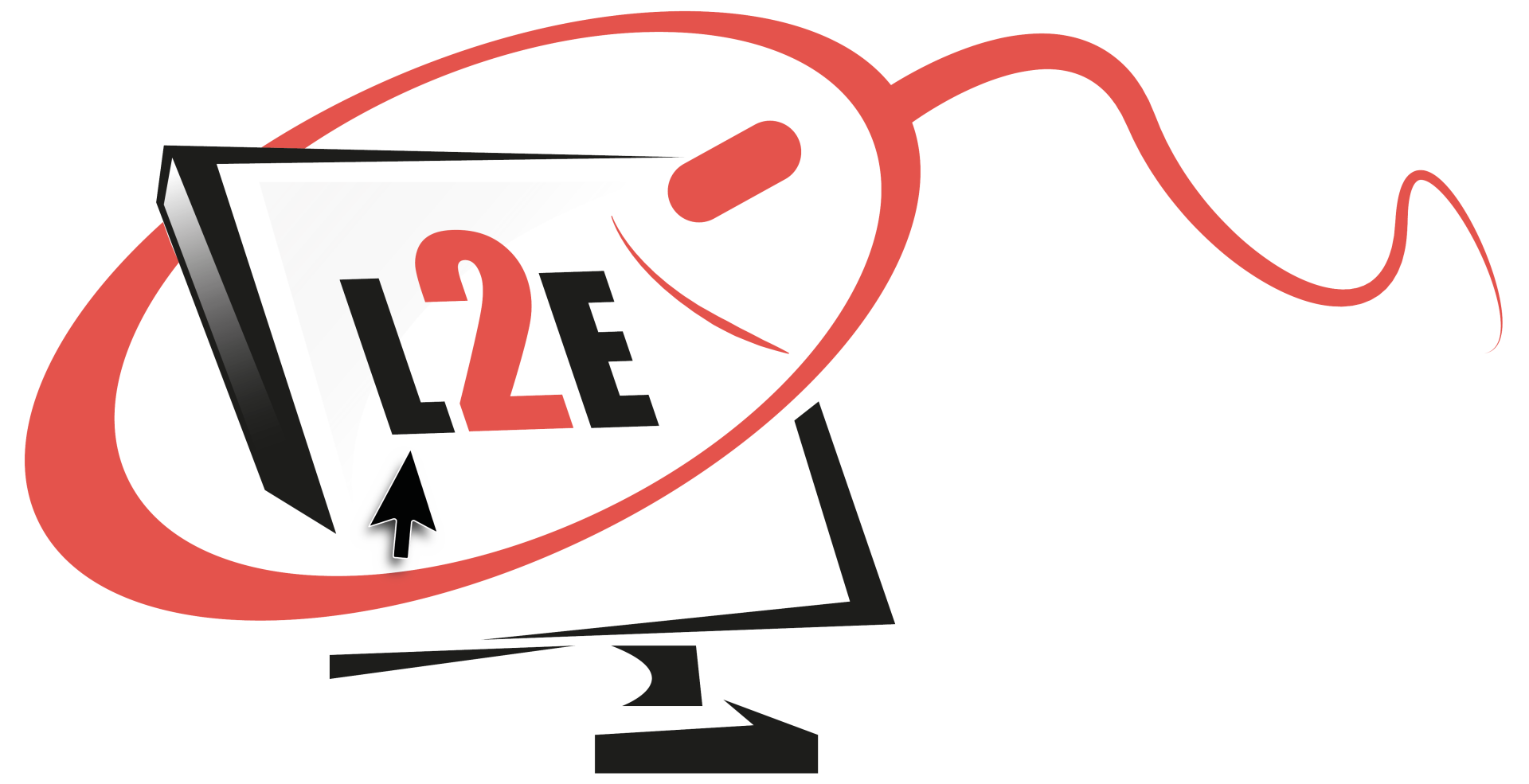
Corporate training can be a powerful tool for driving performance and growth, but how do you know it’s working? Measuring training success might sound daunting, but it all starts with asking the right questions—and understanding your people.
But let’s first examine HOW we may decide to measure that success? Evaluating the effectiveness of corporate training programs is crucial for organizations aiming to enhance performance and achieve strategic goals. Many organizations employ various methods to assess training outcomes, such as satisfaction surveys, which gather participants’ immediate reactions and perceived value of the training. Key Performance Indicators (KPIs) like course completion rates, post-training assessment scores, and on-the-job performance improvements are also commonly used to measure the tangible impact of training initiatives. For instance, tracking the average time to proficiency can reveal how quickly employees apply new skills effectively. Additionally, models like Kirkpatrick’s Four Levels of Evaluation offer a structured approach to assess training at multiple levels, from participant reactions to the overall results on organizational performance. By integrating these evaluation methods, organizations can gain a comprehensive understanding of their training programs’ effectiveness and make informed decisions to enhance future learning interventions.
Here’s a practical guide to help you identify the metrics that matter, so you can link training to real business outcomes.
Step 1: Know Your Audience
Understanding the target audience is fundamental to designing impactful training programs. This involves identifying employees’ roles, daily responsibilities, technological proficiency, and specific challenges they face. For example, assessing whether employees struggle with particular tasks or lack confidence in certain areas can inform the development of tailored training content. Utilizing anonymous surveys or conducting direct feedback sessions can yield honest insights, ensuring the training addresses relevant needs and resonates with participants.
A simple questionnaire can uncover:
- Who are they?
- What roles do they perform?
- What’s their daily workload like?
- How tech-savvy are they?
- What are their challenges?
- Are there specific skills gaps?
- Do they feel confident in their roles?
- What motivates them?
- Recognition, career growth, or something else?
Pro Tip: Use anonymous surveys or direct feedback sessions to get honest answers. Knowing your audience ensures the training is not just relevant but also engaging.

Step 2: Define Success—Ask Yourself These Questions
When planning training, it’s crucial to set clear goals. Use these questions to guide your thinking:
- What problem are we solving?
Training should address a specific need. Are you aiming to reduce errors, improve team collaboration, or enhance customer satisfaction? - What does success look like?
Visualize the results. For example:- Increased productivity (e.g., more sales calls completed per hour).
- Better engagement (e.g., higher participation in team meetings).
- What can we measure?
Focus on metrics tied to your goals, such as:- Employee turnover rates.
- Customer satisfaction scores.
- Project completion times.
By answering these questions, organizations can establish a clear framework for assessing the impact of their training programs.
Step 3: Collect Baseline Data
Gathering baseline data before implementing training provides a reference point for measuring progress. This may include current productivity rates, customer feedback scores, and employee survey results. Utilizing tools like employee engagement platforms or customer survey software can streamline data collection, ensuring accurate and efficient measurement of pre-training performance indicators.
Examples of baseline data to collect:
- Current productivity rates.
- Customer feedback scores.
- Employee survey results.
Quick Tip: Use tools like employee engagement platforms or customer survey software to streamline data collection.

Step 4: Track Progress After Training
After your training is delivered, revisit the same metrics to evaluate its impact. However, it’s essential to be realistic about the timing of your measurements. While initial feedback can be collected immediately after the training, the real impact often becomes clear only after employees have had time to apply what they’ve learned.
How Long Should You Wait?
Industry standards suggest conducting follow-up evaluations three to six months after the training launch. This timeframe allows:
- Employees to practice new skills in real-world scenarios.
- Leaders to observe behavior changes and performance improvements.
- Metrics, such as productivity or customer satisfaction, to stabilize and reflect true impact.
What to Measure:
- Short-term results: Engagement rates and immediate learner feedback.
- Mid-term results: Performance metrics like productivity, quality improvements, or customer satisfaction scores.
- Long-term results: Retention rates, promotions, or sustained behavioral changes.
Example:
If your goal was to improve customer service, track metrics like First Call Resolution or customer satisfaction scores immediately after training and again at the three- and six-month marks to assess lasting improvements.
Step 5: Stay Creative and Agile
Evaluating training success doesn’t have to be a rigid process. Incorporating creative methods can enhance engagement and provide deeper insights. For example, gamifying surveys by adding interactive elements can encourage participation and yield more accurate feedback. Additionally, implementing practical assessments or simulations can offer a realistic measure of how well employees apply new skills in their roles.
Here are some creative ways to track progress:
- Gamify Surveys: Add fun, interactive elements to post-training surveys to encourage participation.
- Run Feedback Sessions: Host informal check-ins or coffee chats to gather qualitative insights from your team.
- Employee Storytelling: Ask employees to share stories about how they’ve applied new skills to their roles.
By remaining flexible and open to innovative evaluation techniques, organizations can continuously refine their training programs to better meet evolving needs.
Why It Matters
Training isn’t just an expense—it’s an investment in your people and your business. By asking the right questions, understanding your audience, and measuring progress effectively, you ensure that every training program delivers real value.
And, by understanding the audience, defining clear success metrics, collecting baseline data, tracking progress over time, and adopting creative evaluation methods, leaders can effectively measure and enhance the impact of their training initiatives, ultimately driving sustained organizational growth and performance.
At Learn2Engage, we specialize in helping organizations measure success through customized training solutions and actionable performance metrics.Need help defining and tracking your training success? Contact Learn2Engage to start building impactful programs backed by real results.
Sources:
The 8 Important KPIs for Training That Every HR Manager Should Measure
By Rana Bano, September 6, 2022. https://scribehow.com/library/kpis-for-training?
10 Training evaluation methods to boost learning outcomes by Stephanie Escuadro, January 30, 2025. https://training.safetyculture.com/blog/training-evaluation-methods/
9 Training KPIs for Location Managers to Measure Training Programs by Opus Training, September 16, 2024. https://www.opus.so/blog/training-kpis-measure-training
About the Author
Cheryl Powell, CEO of Learn2Engage, is in her 29th year as a Virtual Instructional Design and e-Learning Specialist, with clients all over the US and overseas. Additionally, she is a published author of various works of fiction and motivational speaker.
She holds a Bachelor in Business Management, a graduate certification in Project Management, a Master of Science degree in IT Project Management, and a ATD Gamification Level 1 Certificate. She has studied the Adult Learning principles of experts and theorists such as Gagne’s (nine events), Maslow’s (hierarchy of needs), and Dr. Ruth Clark, to ensure her courses, presentations, storyboards, and modules, engage the learner, utilize the proper balance of white space, text and graphics, and result in high Learner Retention rates.
Her clients return year after year for the affordable pricing, her rapid customer response rate, and the benefits they observe in the productivity of their employees after taking her courses.
